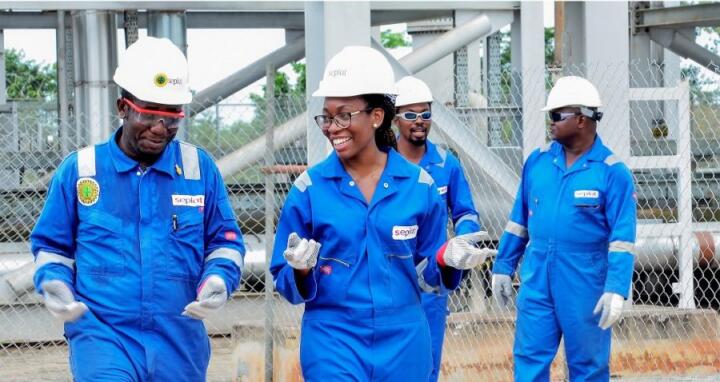Seplat Energy has disclosed that it is close to finalising commercial terms for a new gas development project centered around its Yoho field, which is currently considered “stranded” but is seen as having strong potential for LNG (liquefied natural gas) production. The revelation came from CEO Roger Brown at African Energy Week 2025, where he explained that the company’s gas strategy is sharpening to make full use of assets that have lain largely untapped.
The Yoho field sits onshore and, under Seplat’s plan, is well suited for LNG-related development. Though previously under-utilised, the field is now being repositioned within a framework that would finally unlock its value. Part of making this possible is the bettering of Nigeria’s enabling environment for gas investment: regulatory approvals, upstream deals, and infrastructure improvements are now aligning to make gas development more commercially viable than before.

Seplat’s broader strategy involves both local and international financing, and the firm recently completed its third Eurobond issuance. The CEO stressed that balancing local funding sources with foreign capital is essential, since local financiers tend to better understand the operating environment and risks.
In addition to Yoho, Seplat has been taking steps in activating idle and stranded wells. The company has over 400 oil wells currently idle across its operational assets. Seplat’s Chief Operating Officer, Samson Ezugworie, said that a phased programme is underway to restore these wells safely and cautiously. As these wells are brought back into production, they will supply more gas and oil, reinforcing Seplat’s ability to make good on its gas and LNG ambitions.
Seplat also highlighted progress with other major gas-related facilities. The ANOH gas plant, a joint-venture project expected to have capacity of 300 million standard cubic feet per day (MMscfd), is mechanically complete and ready to begin receiving commissioning gas. Its full operations hinge on the delivery of the river-crossing portion of the OB3 pipeline, which remains technically challenging. Tunnelling work for this stretch has resumed after delays, and the target is to complete the remaining section in the second quarter of 2025.
In broader terms, Seplat has indicated that its newly acquired assets—particularly from the Mobil Producing Nigeria Unlimited (MPNU) transaction—present large volumes of natural gas resources. In Akwa Ibom State alone, Seplat sees as much as 14 trillion cubic feet (TCF) of untapped gas in its MPNU-acquired assets. The company has committed to deliver about 850 million standard cubic feet of gas (scf) for domestic and industrial use, with applications to power generation, fertilizer production, and LNG.
To underpin all this, Seplat has been strengthening its technical, financial, and operational capacity. There’s emphasis on enhancing gas-processing infrastructure, putting in place gas sales agreements, improving project finance structures, and ensuring that infrastructural bottlenecks are addressed. For example, reviving existing gas plants, making pipelines operational, reducing flaring, and tapping idle wells are all part of the plan.
The urgency behind these actions is tied to Nigeria’s energy priorities. Fuelled by domestic demand and international LNG market opportunities, Nigeria has an incentive to shift more into gas. Seplat is positioning itself to play a leading role in this transition, using its large asset base and its control of terminals and export infrastructure to capture value from gas.
Nevertheless, there are challenges. The delays in pipeline construction—such as the OB3 river crossing—remain risk points. Technical difficulties, regulatory delays, and the cost of capital continue to be significant. Also, transforming a “stranded” asset into a commercial LNG supplier implies securing off-take agreements, financing, and ensuring that the asset’s gas has market access and transport capacity.
If all goes according to plan, Seplat Energy expects that these efforts will translate into significantly higher gas output for both domestic users and LNG export markets. By leveraging its newly acquired gas-rich assets, restoring idle wells, getting its gas plants operational, and closing infrastructure gaps, the company aims to become a stronger contributor to Nigeria’s natural gas supply chain.
Support InfoStride News' Credible Journalism: Only credible journalism can guarantee a fair, accountable and transparent society, including democracy and government. It involves a lot of efforts and money. We need your support. Click here to Donate
